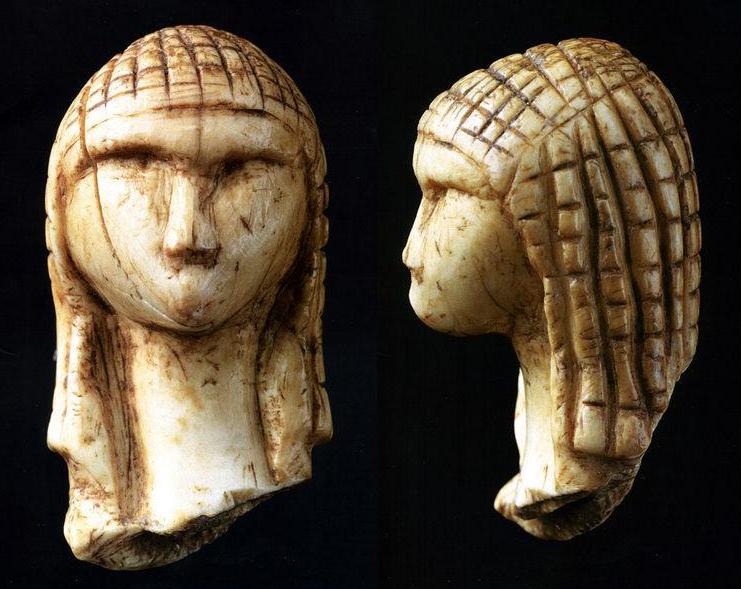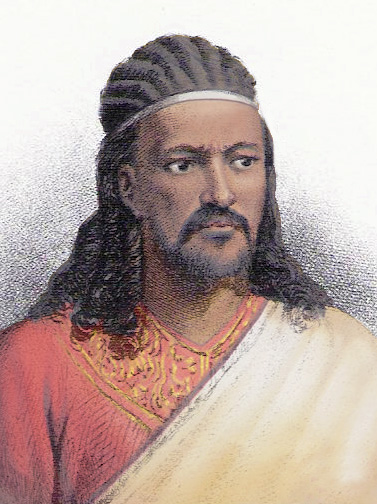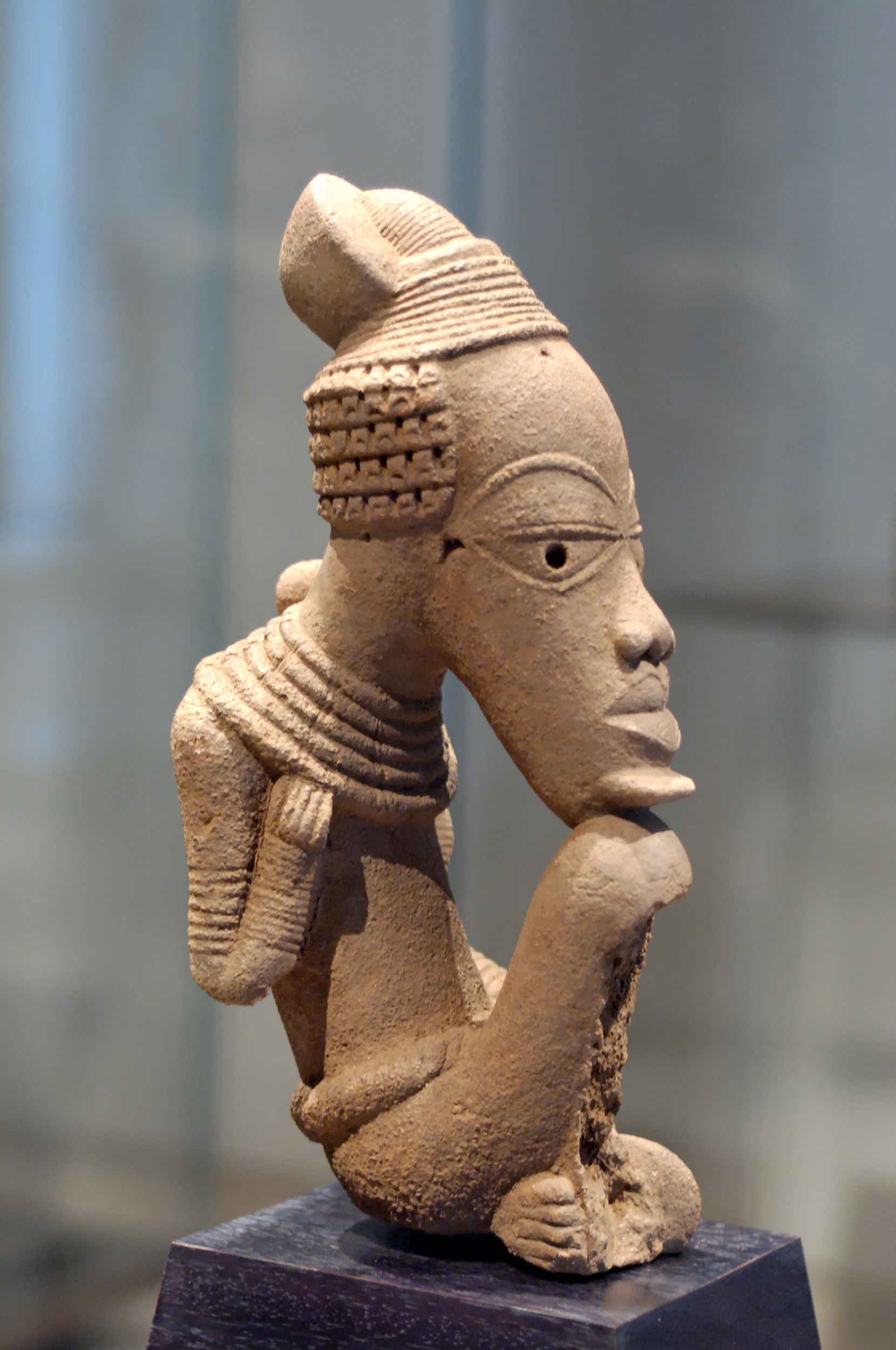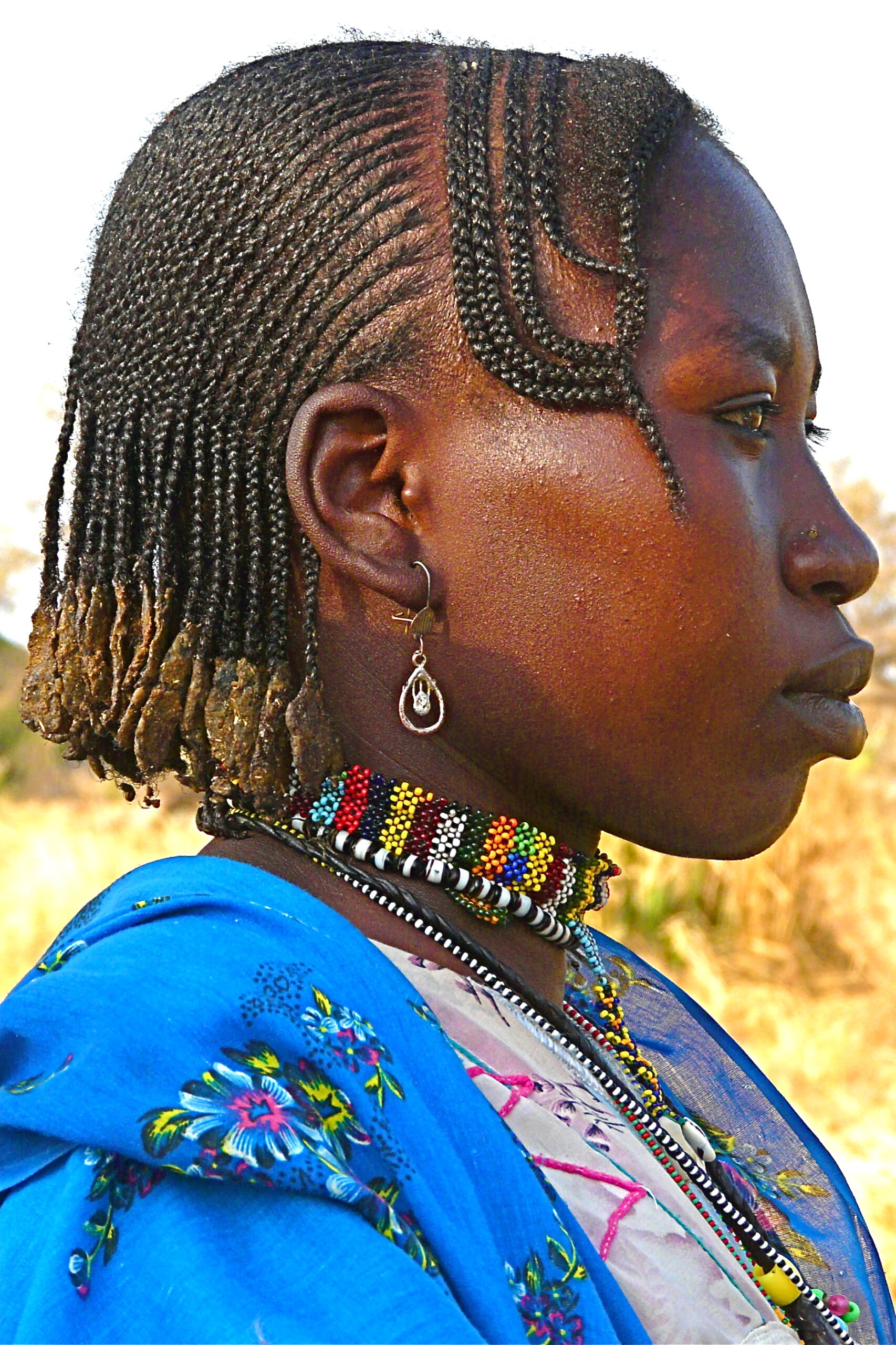Braids, braids, everywhere! Y’all loved our blog post about Viking hair braids, and we would love to dive deeper into the rich history of hair braiding!
As we mentioned in our last post, there are depictions of braided hair from as early as 30,000 BC/BCE including the famous Venus of Willendorf which was discovered at a paleolithic site in Austria. There are additional Stone Age depictions of what might be braids including the Venus of Brassempouy found in France and dated to around 25,000 BC/BCE. There is significant debate around whether these are braids similar to cornrows or a type of complicated hair covering.
This debate is made more complicated by some people using this small ivory figure as a reason for modern Europeans to style their hair in traditional African and Black hairstyles like cornrows or box braids. The topic of braids brings up complicated topics like cultural appropriation, heritage, and much more! Let’s look more closely at the history of cornrows in particular.




